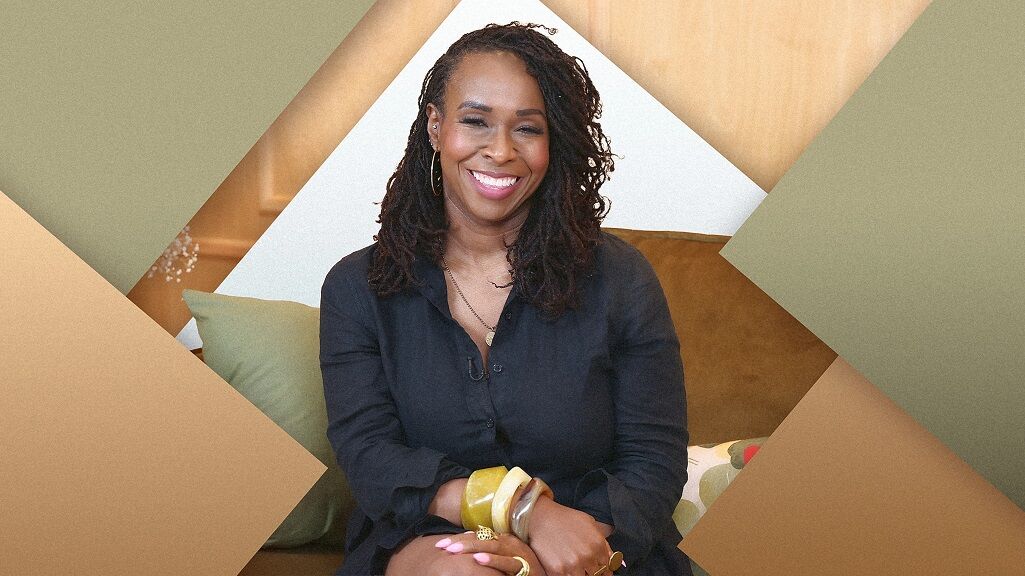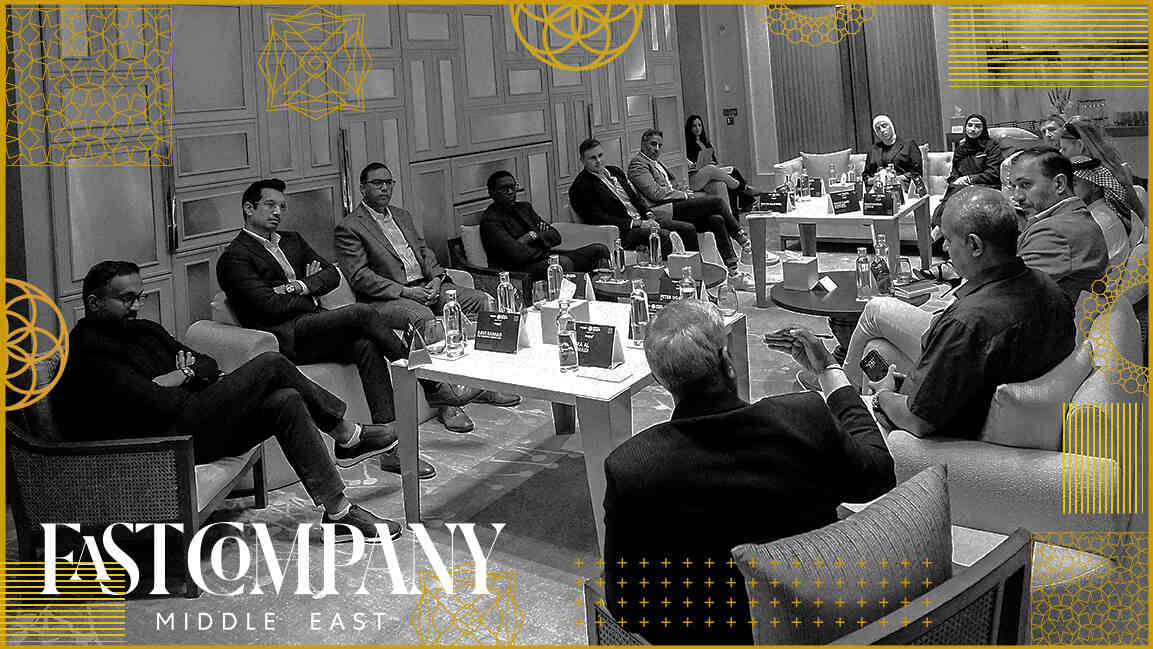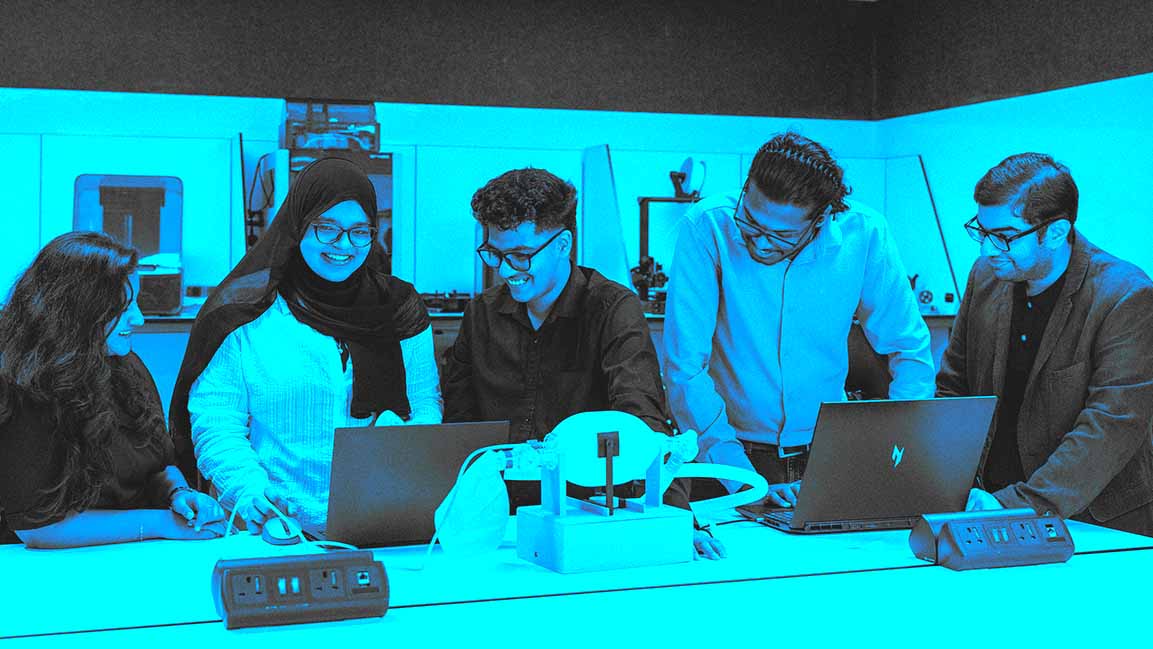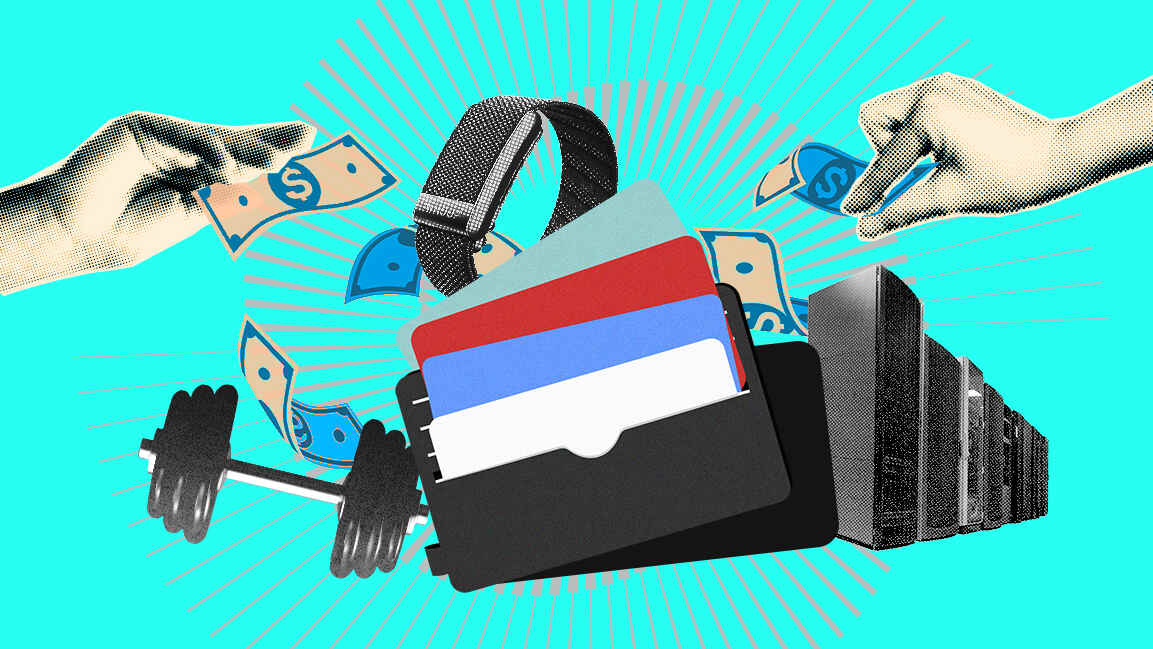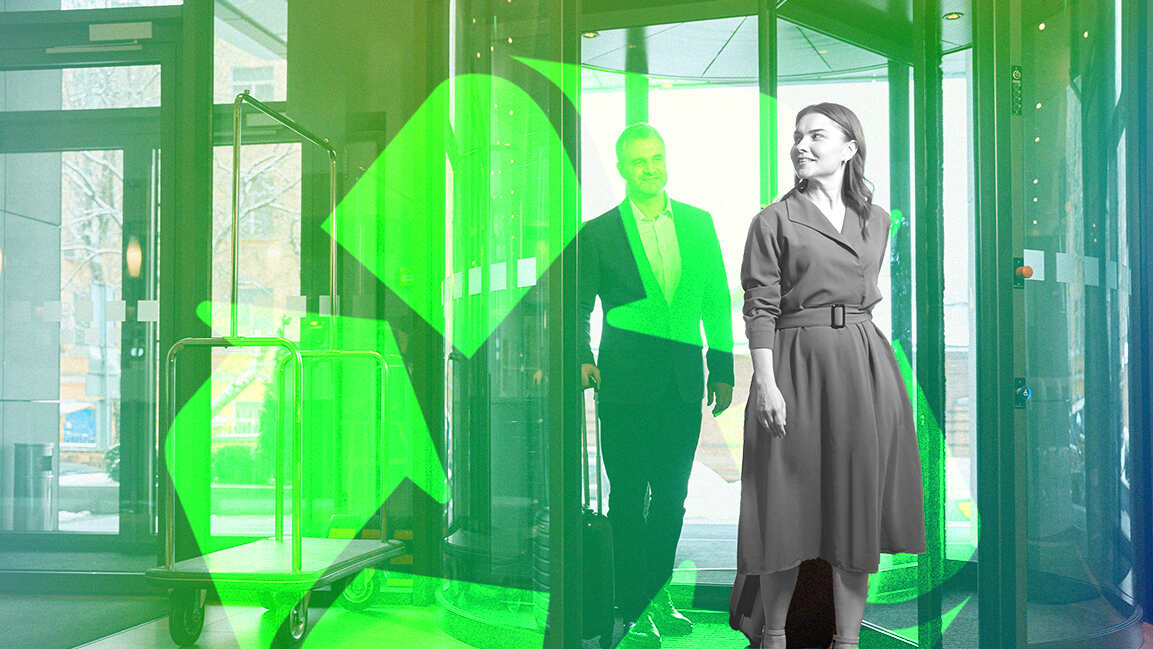- | 9:00 am
How to make your customers care about climate change—and why it matters
There’s a disconnect between how companies talk about climate change and how customers engage with it.

The climate crisis is too big for any one company to solve. The only way forward is for companies and customers to work together, creating a more sustainable cycle of supply and demand. There is no doubt that customers care about climate change, but companies are failing to translate that interest into demand.
This is a problem. Transition will be expensive; the United Nations Framework Convention on Climate Change has estimated that a $125 trillion investment is required to reach net zero by 2050. To achieve this, we need more than a moral awakening among CEOs—we need them to believe that their customers will recognize their investment, value it, and ultimately reward them for it.
This requires companies to connect with customers on climate. In theory, this should be straightforward; surveys suggest that two-thirds of customers are aware of climate change, concerned about it, and willing to pay more for sustainable options. But theory and reality don’t stack up well here. Across industries, uptake of green products has been weak. In one example, customers were offered the chance to offset their flight emissions for only $1; only 3% chose to.
While, on the surface, it seems like interests are aligned, most companies fail to connect with customers on climate. One reason for this is simple: Often companies aren’t trying to connect—climate statements are written for investors and policy makers. Customers are, at best, an afterthought. The second reason is more complex; even when companies do try, most fail because they forget that customers are human. For most people, the climate crisis is big, scary, and hard to understand. We can’t rationally assess claims from companies. So, we fall back on preconceptions, or biases. Understanding these biases, and working with them, is key for companies to effectively bridge the gap.
THE “ME” BIAS
When people think about climate change, they think in terms of their personal impact on climate. Our research shows that their own carbon footprint is still the primary lens through which customers think about climate. This creates a bias toward climate action that directly involves the customer, even if it’s not the most impactful.
In a survey, we asked customers to compare three climate commitments that banks have made: cutting lending to polluting industries, investing a trillion dollars in climate projects, or giving the customer a credit card from a sustainable material rather than plastic. Nonplastic credit cards won, hands down. Unfortunate, but not surprising; despite having the least impact on climate, it has the most obvious impact on someone’s personal contribution.
To avoid unhelpful distractions taking precedence over meaningful change, companies must do much better at showing how customers are part of the bigger picture, and how their actions make a difference.
Ant Forest, an initiative by AliPay (a Chinese mobile and online payment platform), offers a great example of how to do this. Customers using the AliPay app can collect green points when they choose sustainable options and convert the points into planting trees. This initiative translates an abstract, future good into a tangible, instant token for customers. This acts as both a personal validation (I’m doing the right thing) and a social signal (I’m doing more good than others). By working with customer biases, rather than against them, AliPay is having a big impact, both in the real world (planting more than 300 million trees since 2016), and in brand perceptions (our research showed 57% of Chinese customers see Ant Financial as a climate leader).
THE “NOW” BIAS
Future-self discounting is a long-established concept in behavioral psychology—people see their future self as a different person, and discount any benefits or risk to that person.
Combine this future-self discounting with skepticism about companies’ commitment to climate change, and the result is a potent combination that drives people to disconnect with any future commitment that companies make. In our research, we saw that only between 5% and 10% of people trust companies to act on their climate commitments.
To counter this, companies need to show meaningful change in the short term. A difficult task, but not impossible if you think in terms of beacon products: small-scale innovations that show your vision for the future, even if that vision isn’t yet scalable. Nucor, an American steel producer, did this well with their launch of Econiq, the world’s first net-zero steel at commercial scale. This innovation didn’t just show customers what is possible; it encapsulated Nucor’s vision for the future of steel.
Tesla offers another great example. They first launched with the Roadster—a boundary-breaking ideal of what an electric car could be. Tesla only sold about 2,400 Roadsters, but that paved the way for the electric vehicle revolution that was to come.
THE “BRAND” BIAS
Most companies treat sustainability and brand as two separate topics. This is unfortunate. In customer minds, what brands are doing on sustainability is inextricably linked to their perceptions of the brand itself. In fact, our research showed a 61% correlation between climate perceptions and brand love.
As when building a brand, to engage customers on sustainability, companies must first understand which customers they are trying to engage, and why those customers care. This is not as simple as it might seem.
We found two distinct segments who are both fierce sustainability advocates. The “humanitarian” is motivated by equality and sees sustainability as part of a broader societal transformation to a more fair world. The “traditionalist” is motivated by continuity and sees sustainability as key to conserve the things they love. Both care about sustainability, but for very different reasons—trying to engage both with the same message is a fool’s errand. These segments are not exhaustive—companies must understand why their customers care, and build a narrative that is meaningful for them.
Getting to zero requires companies to connect with customers. This isn’t easy, but it starts with recognizing the biases that shape how customers think about climate.












